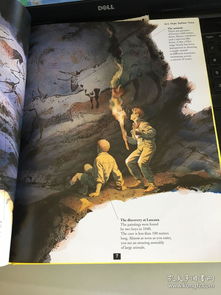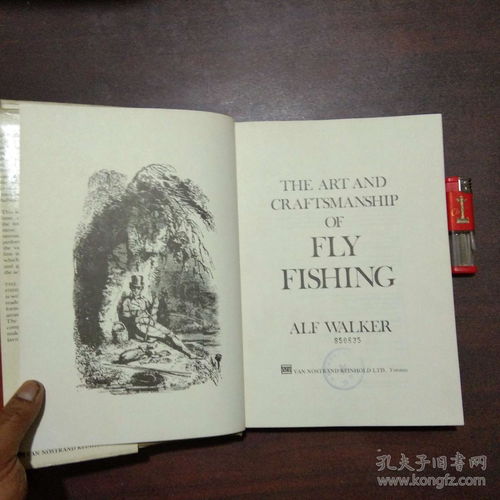Content:
Embarking on a wild fishing adventure is an experience that promises tranquility, nature's beauty, and the thrill of the catch. Among the various fishing techniques, fly fishing stands out as an art form that requires precision, patience, and a deep connection with the environment. One of the fundamental skills in fly fishing is mastering the art of rod holding. This article delves into the essential techniques for holding your rod effectively during your wild fishing escapades.
Understanding the Fly Fishing Rod
Before we delve into the techniques, it's crucial to understand the fly fishing rod. Unlike spinning or baitcasting rods, fly rods are designed to cast lightweight flies with a delicate touch. They are typically longer and more flexible, with a softer tip that allows for better line control and the ability to present the fly naturally to the fish.
The Basic Grip: The Overhand Grip

The overhand grip is the most common and straightforward way to hold a fly fishing rod. Here's how to do it:
- Hold the Rod: Place your index finger and thumb on the rod's handle, with your fingers wrapped around the rod's grip. The grip should be firm but not tight, allowing for flexibility and movement.
- Position Your Hand: Your hand should be positioned slightly above the reel, with your wrist and arm relaxed. This allows for a natural and fluid motion when casting.
- Keep the Rod Upright: Maintain the rod in an upright position, with the tip slightly pointing towards the sky. This position is essential for accurate casting and line control.
Advanced Grip: The Wrist Position
For more experienced anglers, the wrist position grip offers greater control and finesse. Here's how to execute it:
- Hold the Rod: Similar to the overhand grip, place your index finger and thumb on the rod's handle. However, this time, your other three fingers will wrap around the grip as well.
- Focus on the Wrist: The key to this grip is to use your wrist as the primary point of control. Your wrist should be slightly bent, and you'll use it to make subtle adjustments during the casting motion.
- Maintain a Steady Line: With this grip, you'll have better control over the line, allowing for more precise presentations and adjustments.
The Casting Motion: The Basic Cast
Once you've mastered the grip, it's time to learn the basic casting motion. Here are the steps:
- Load the Rod: Begin by lifting the rod tip slightly and then quickly lowering it back towards the water. This motion "loads" the rod, storing energy in the bend.
- Start the Cast: Move the rod tip forward, starting the casting motion. The key is to maintain a smooth, continuous motion.
- Complete the Cast: As the rod tip reaches the desired distance, stop the motion abruptly. This will propel the line and fly forward.
Advanced Casting Techniques
For those looking to refine their casting skills, here are a few advanced techniques:
- The Roll Cast: Ideal for casting into tight spots or across currents. Start with the rod tip pointing towards the water, then roll the rod forward while keeping the line tight.
- The Spey Cast: A powerful cast used for longer distances and larger rivers. It involves a two-handed motion, with one hand controlling the rod and the other manipulating the line.
- The Switch Cast: Useful for casting across currents or around obstacles. It involves a series of quick, short movements that propel the line forward.
Maintaining Your Rod
Proper rod maintenance is essential for extending its lifespan and ensuring optimal performance. Here are a few tips:
- Clean the Rod: After each fishing trip, rinse the rod with fresh water to remove salt or debris.
- Dry the Rod: Allow the rod to air dry completely before storing it.
- Store Properly: Store the rod in a rod holder or a protective case to prevent damage.
Conclusion
Mastering the art of rod holding is a crucial step in becoming a proficient fly fisherman. By understanding the basics of grip, casting, and maintenance, you'll be well on your way to enjoying the serene and rewarding experience of wild fly fishing. Remember, practice makes perfect, so don't be afraid to experiment and refine your technique. Happy fishing!












